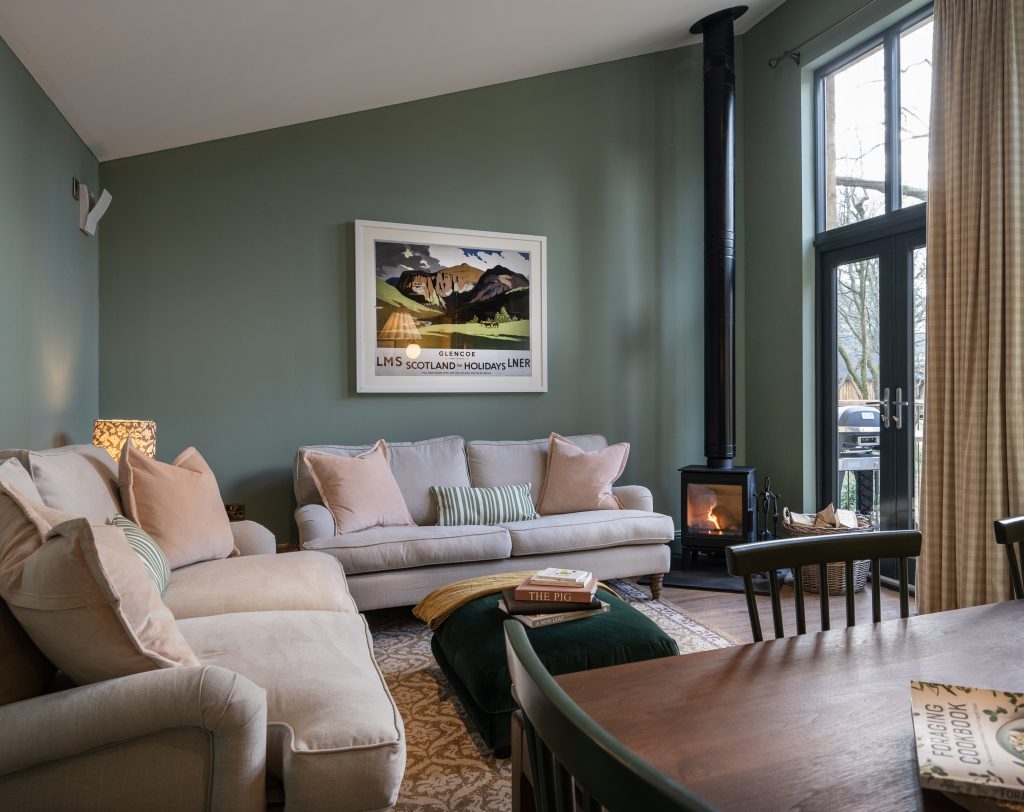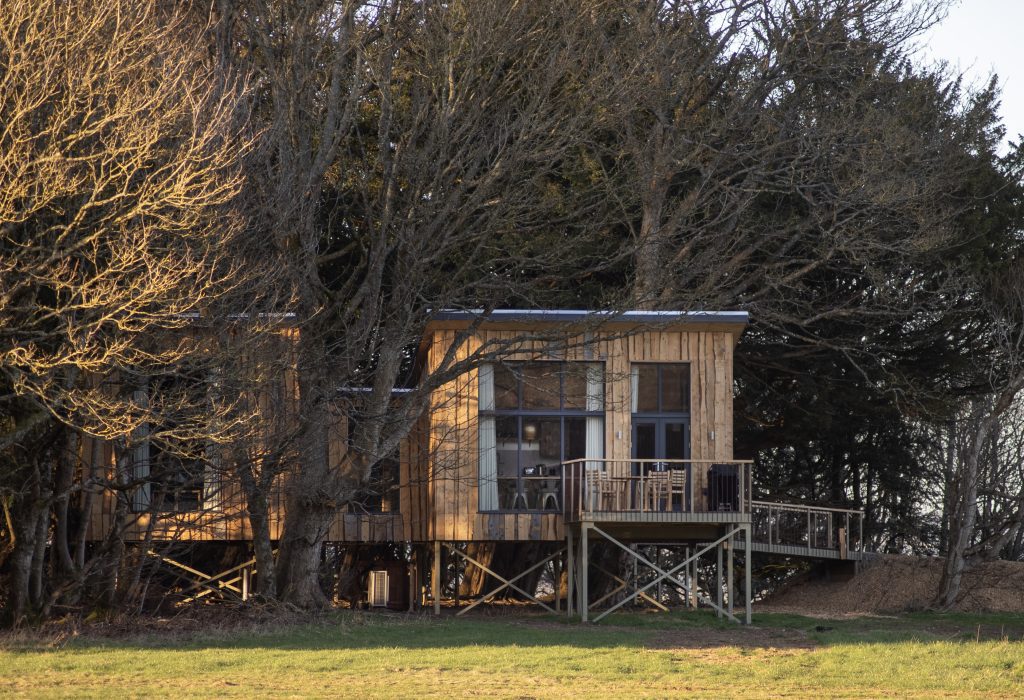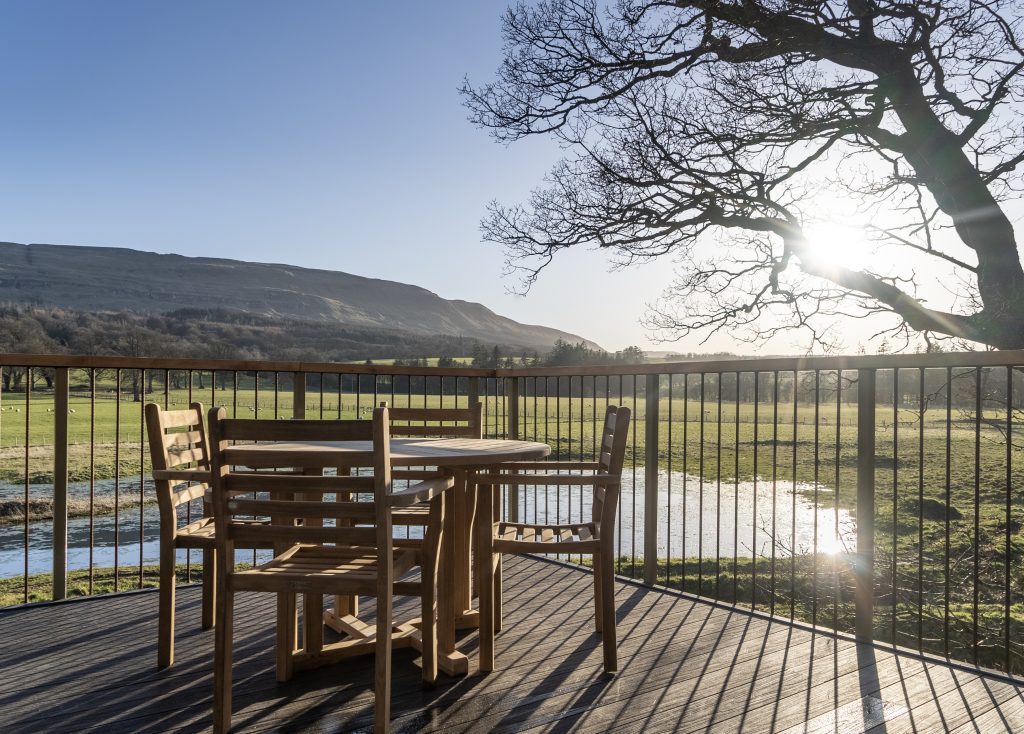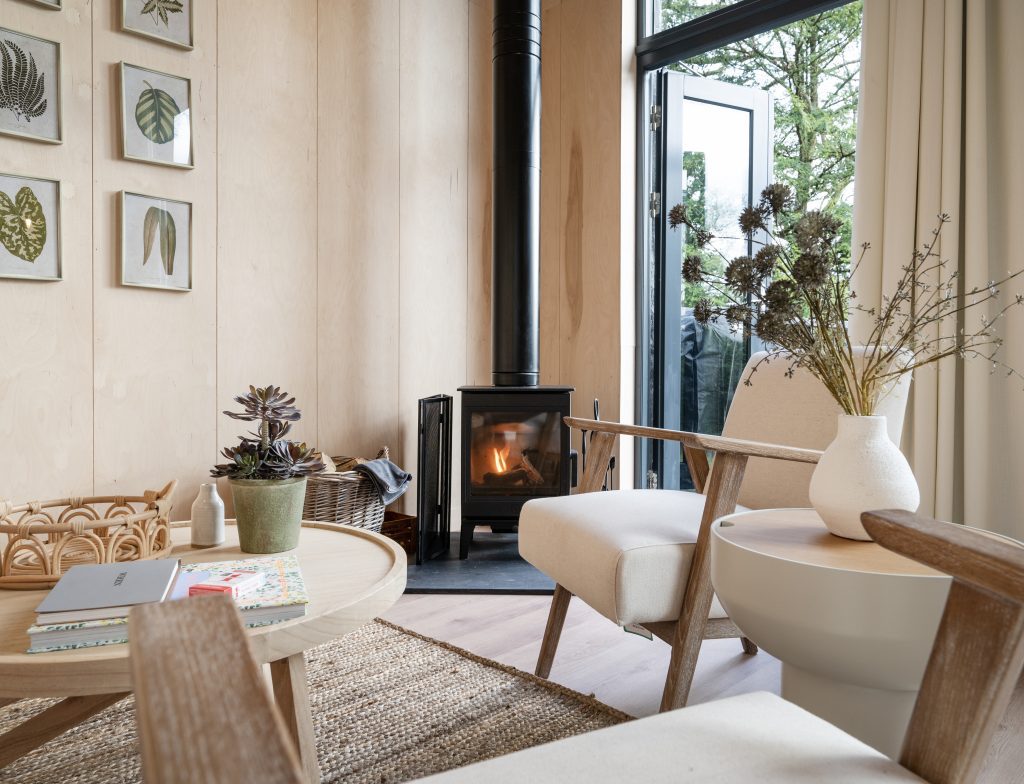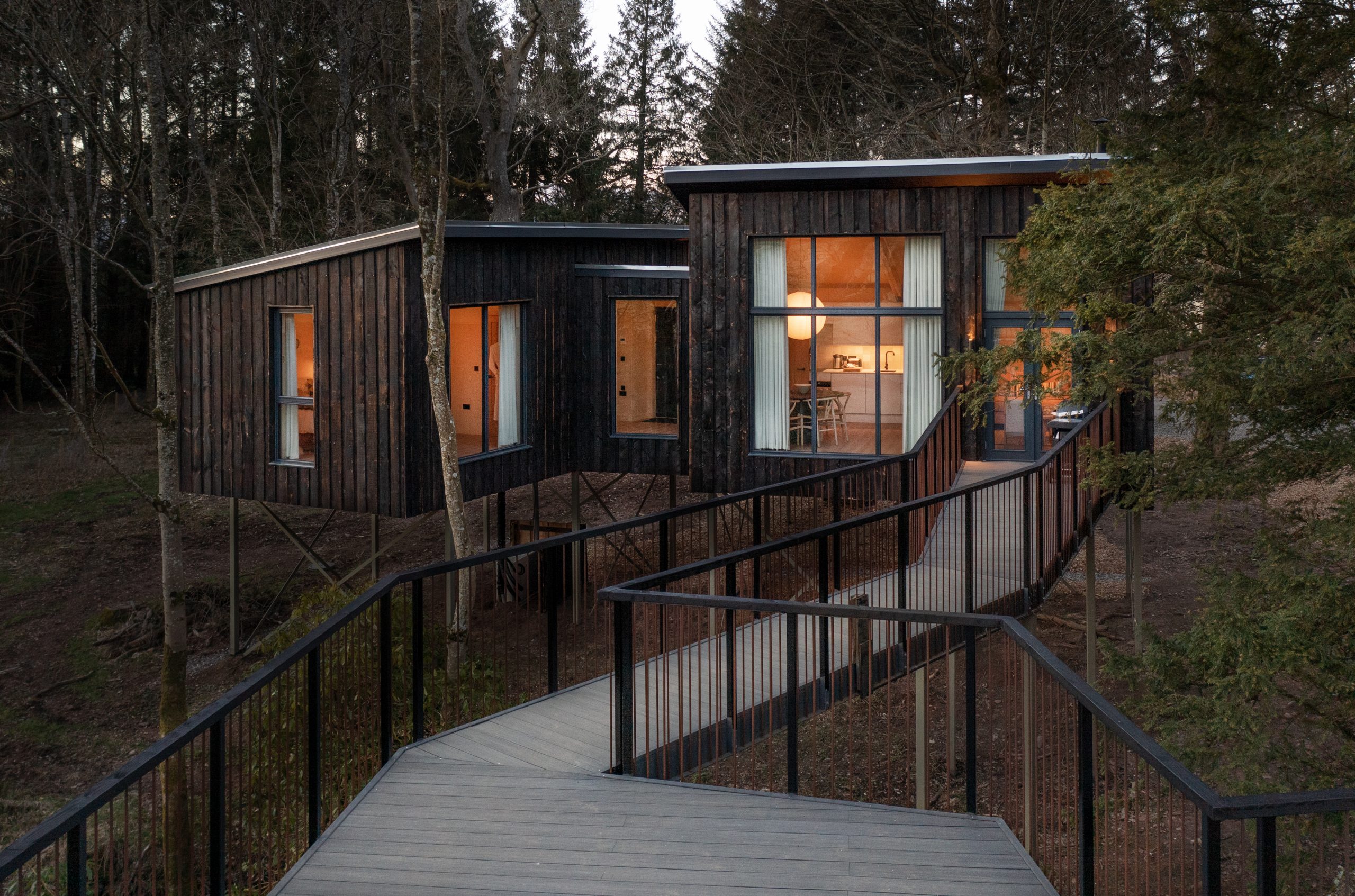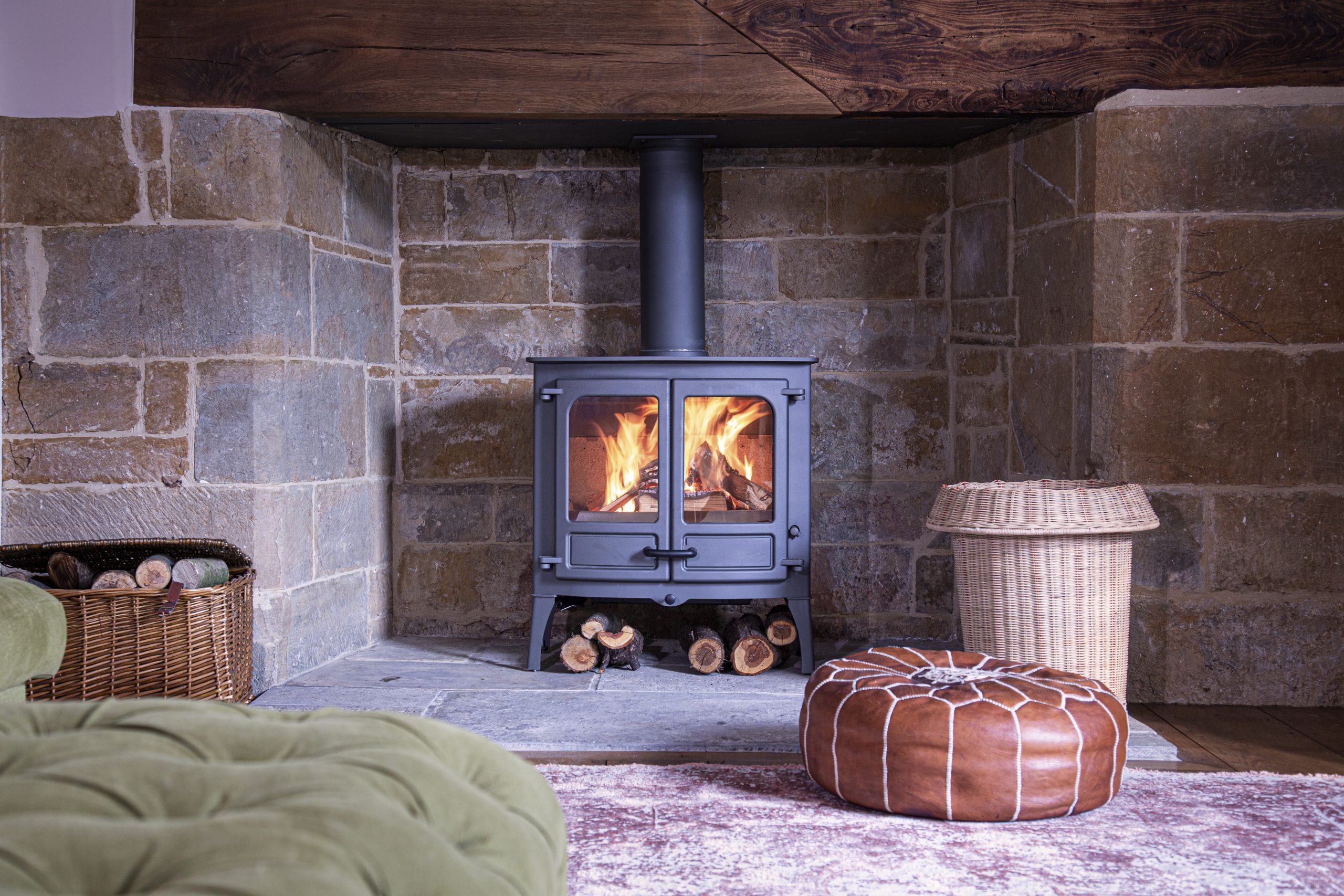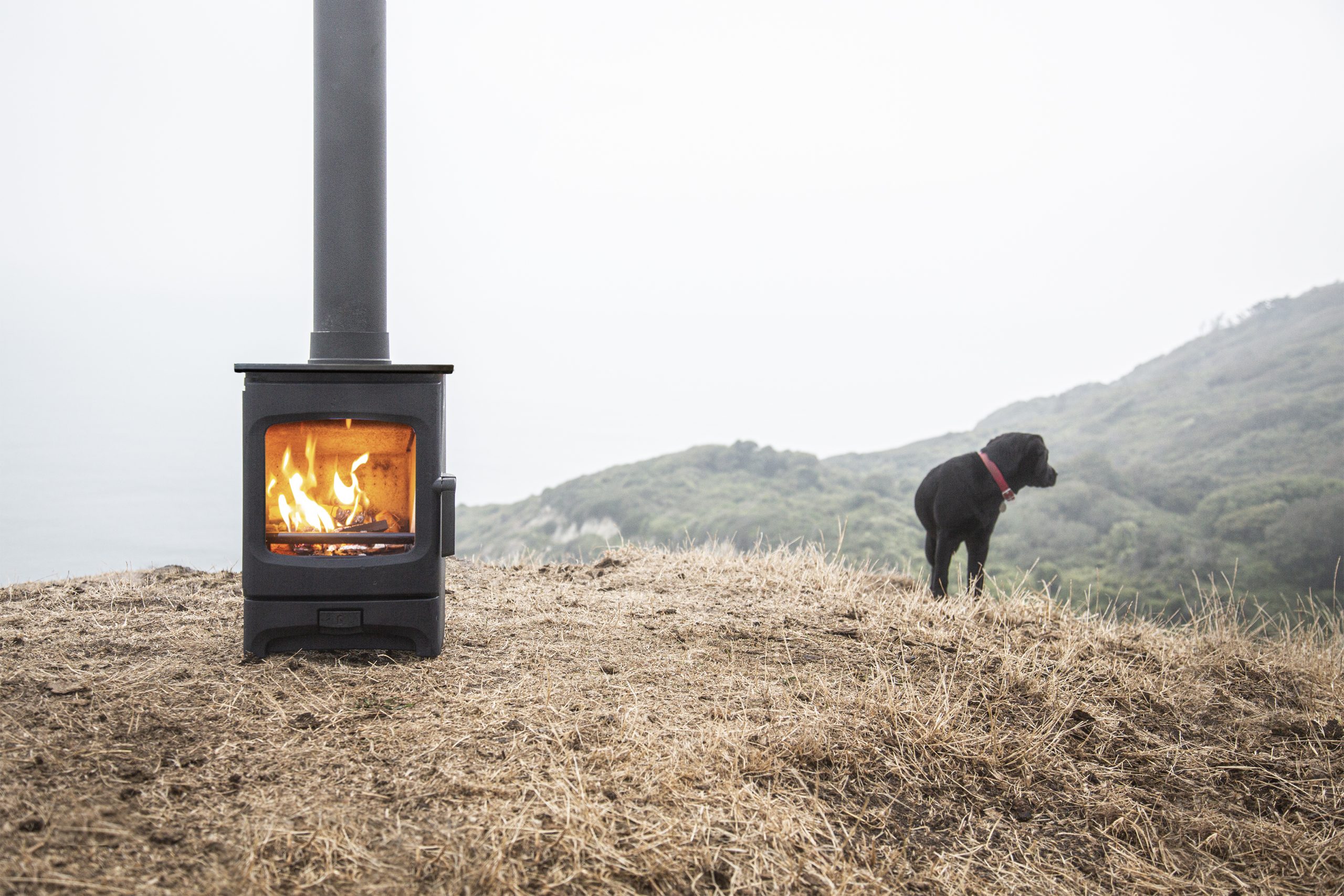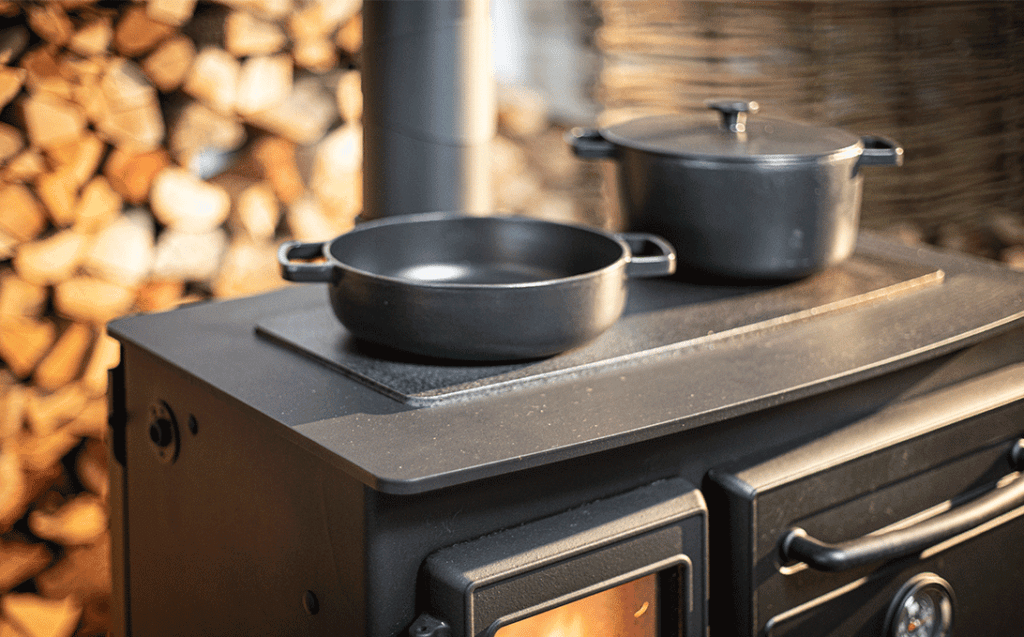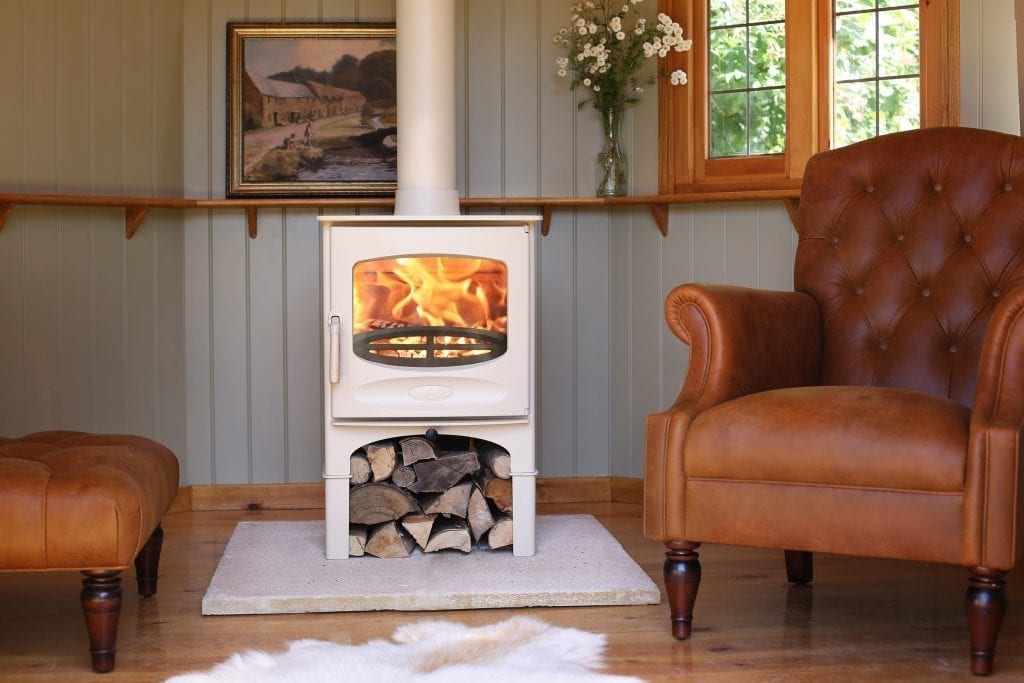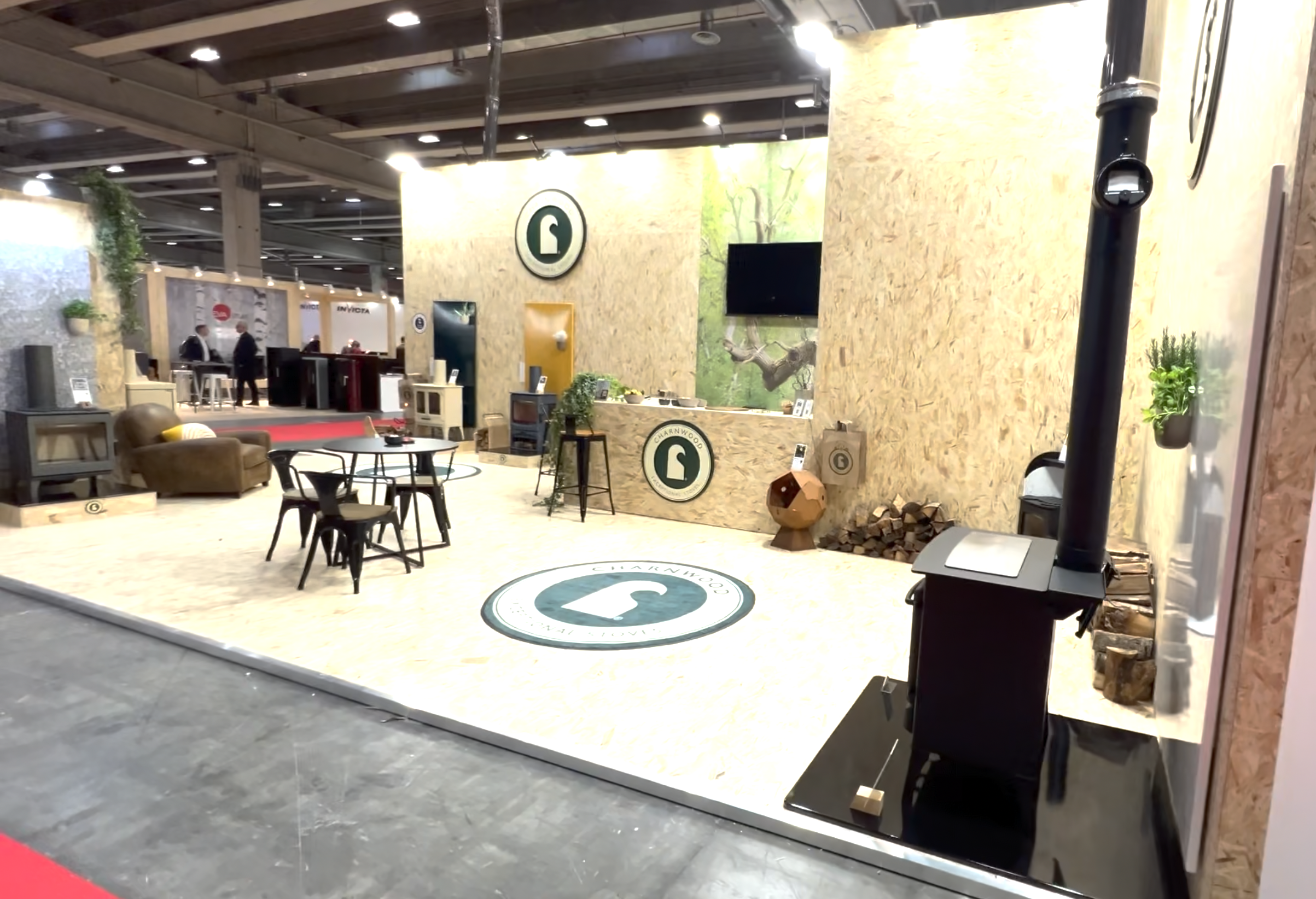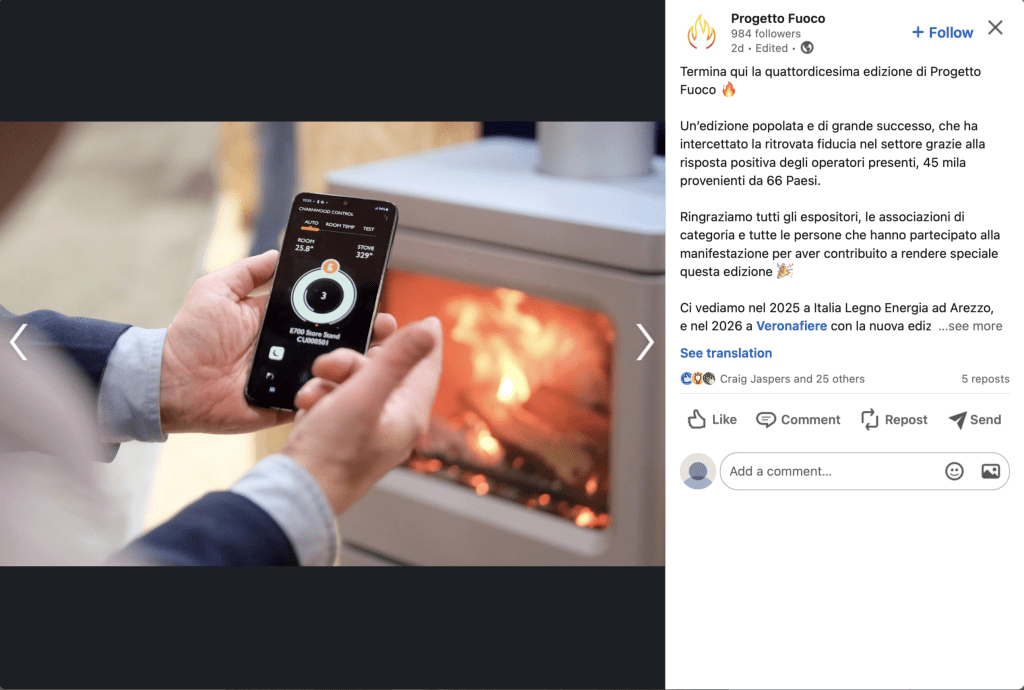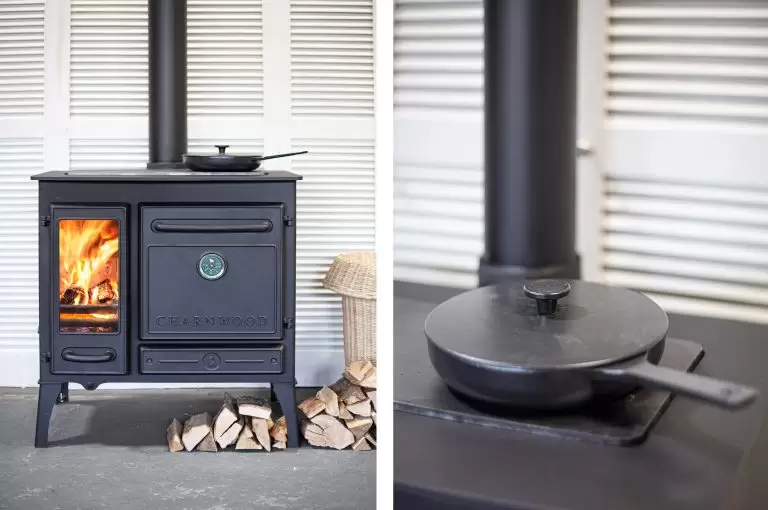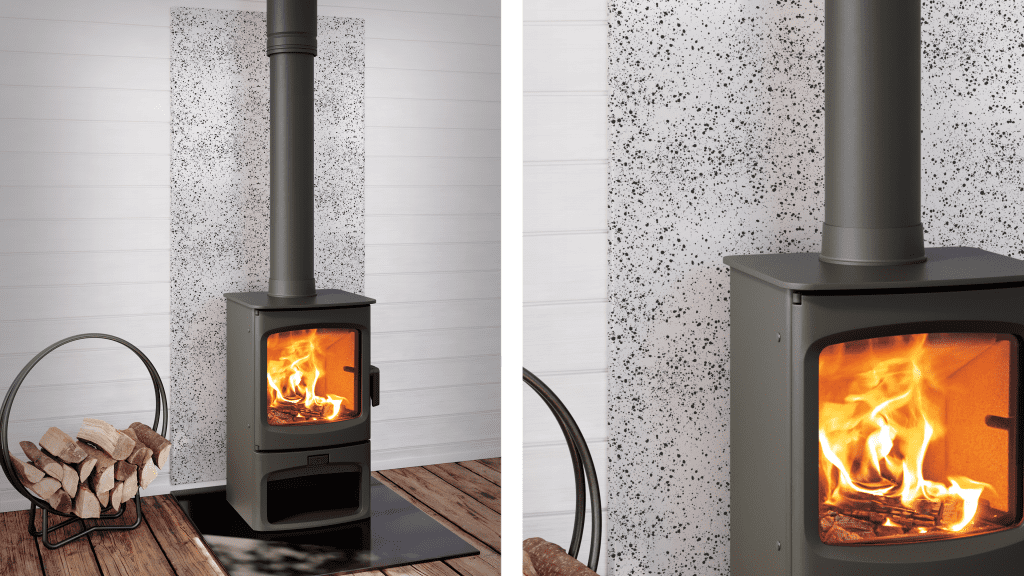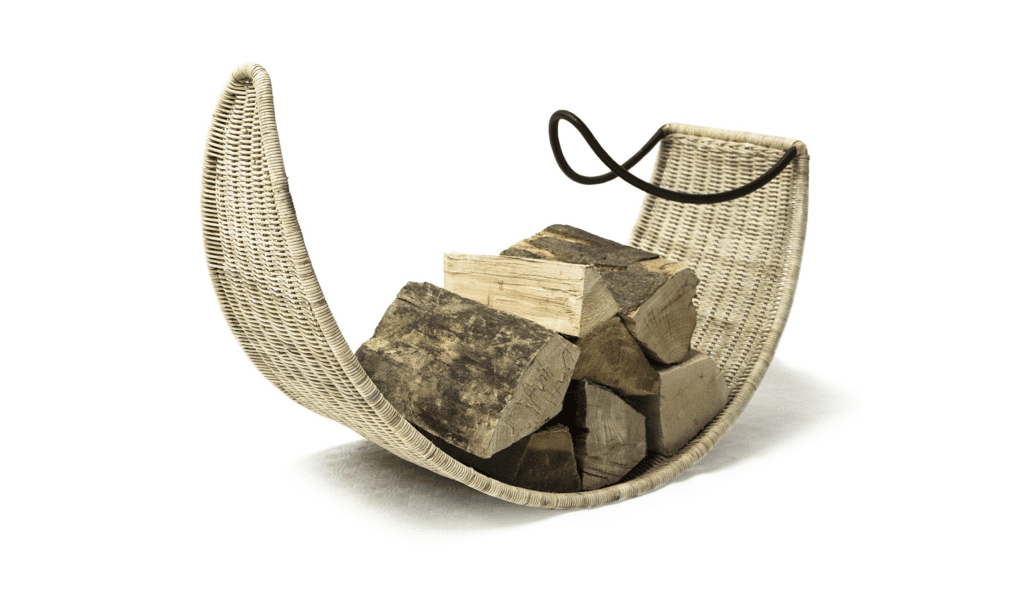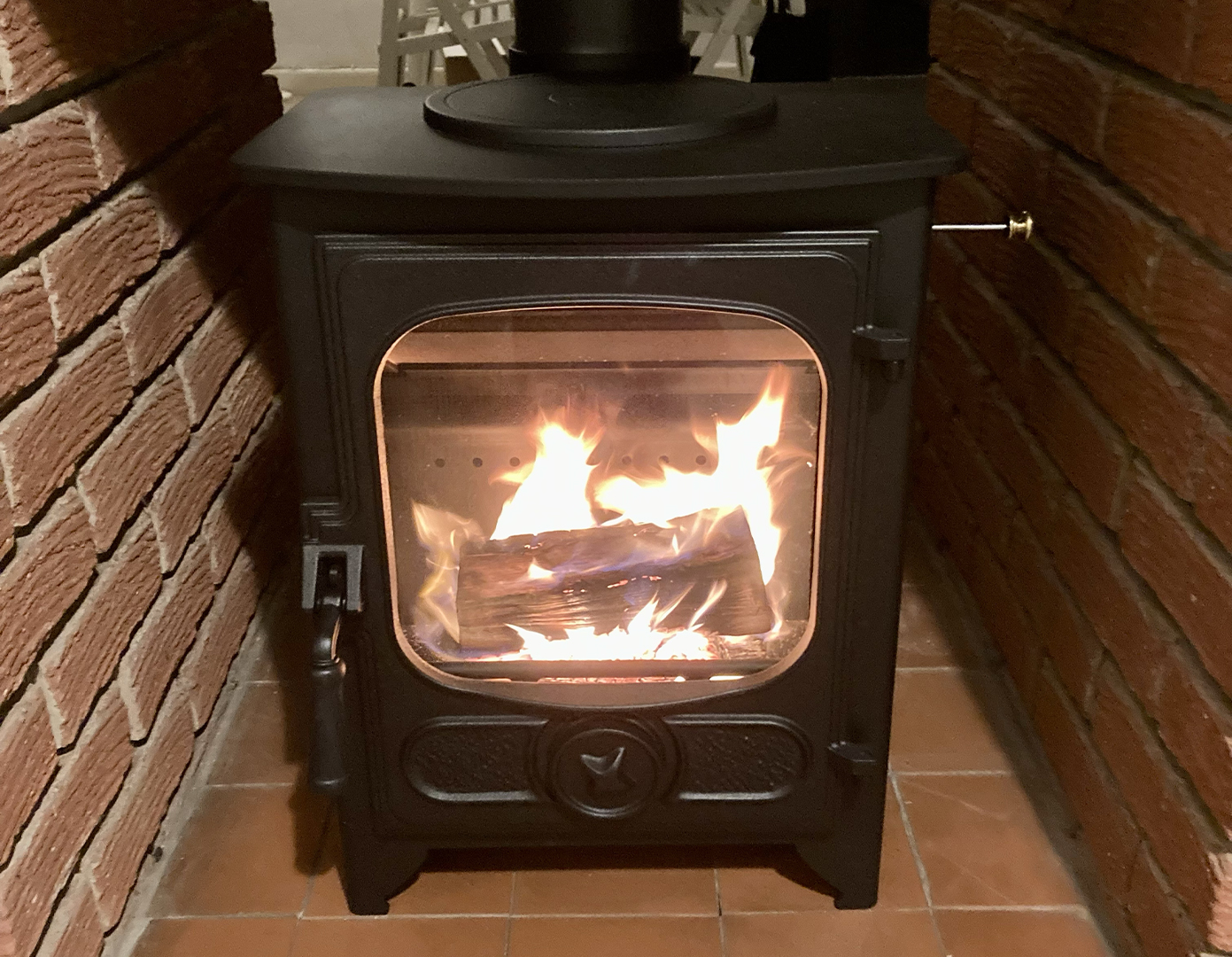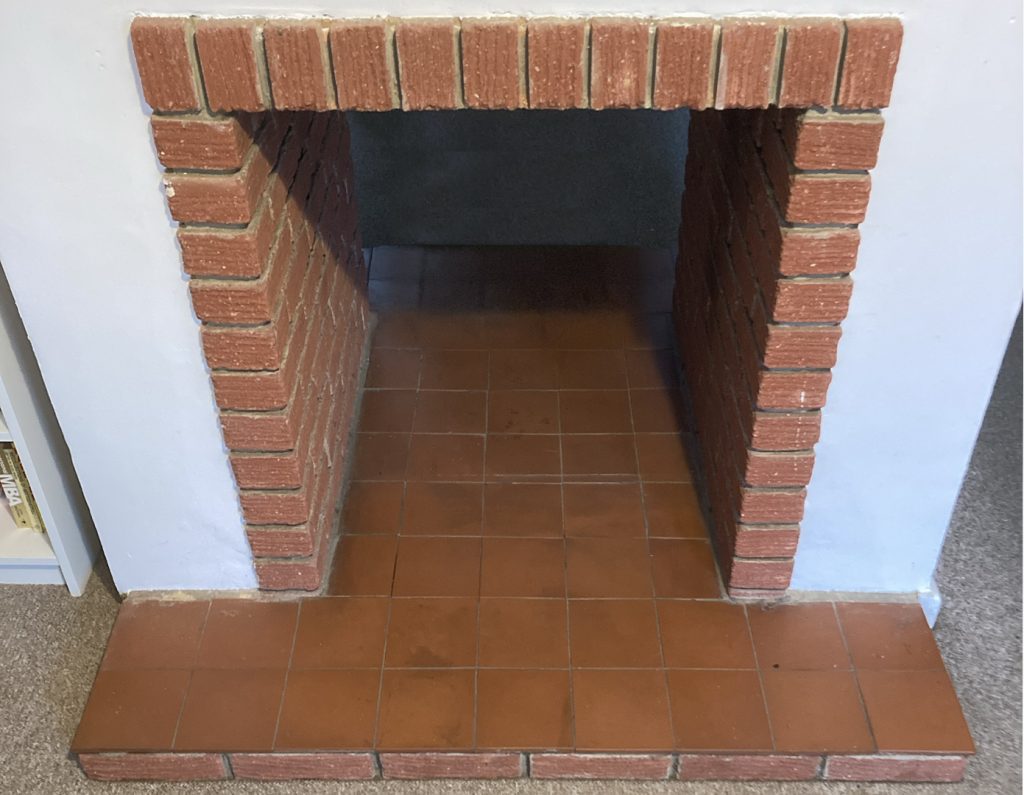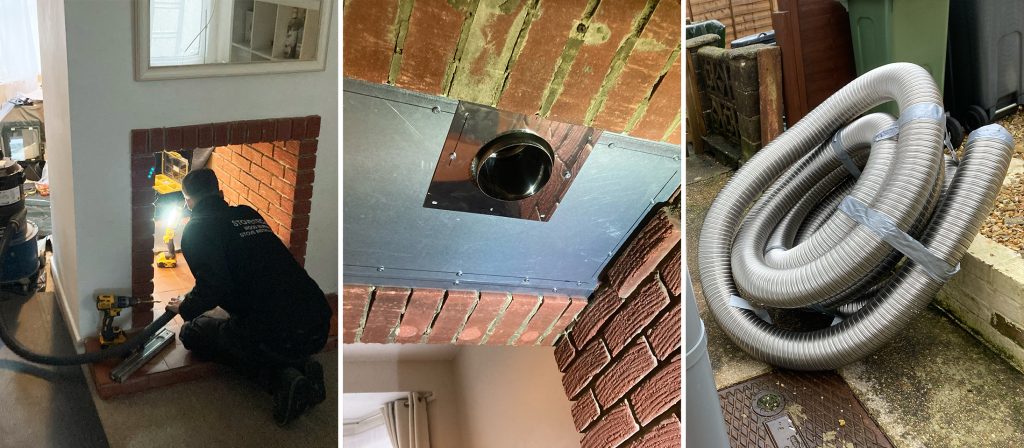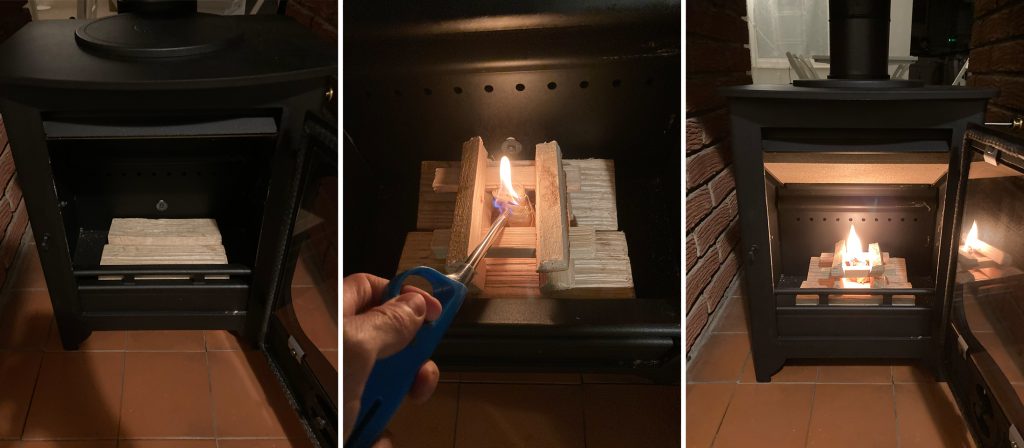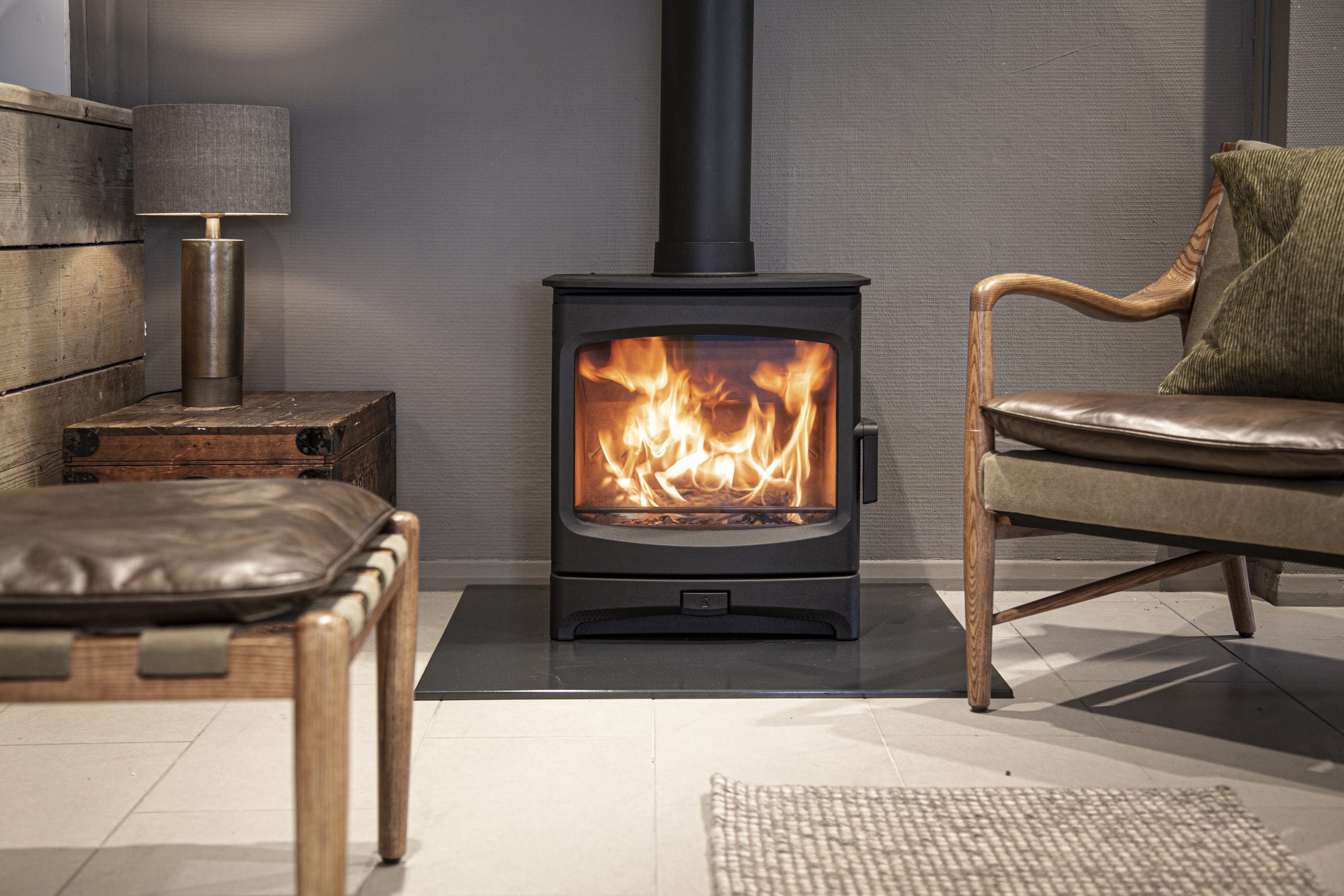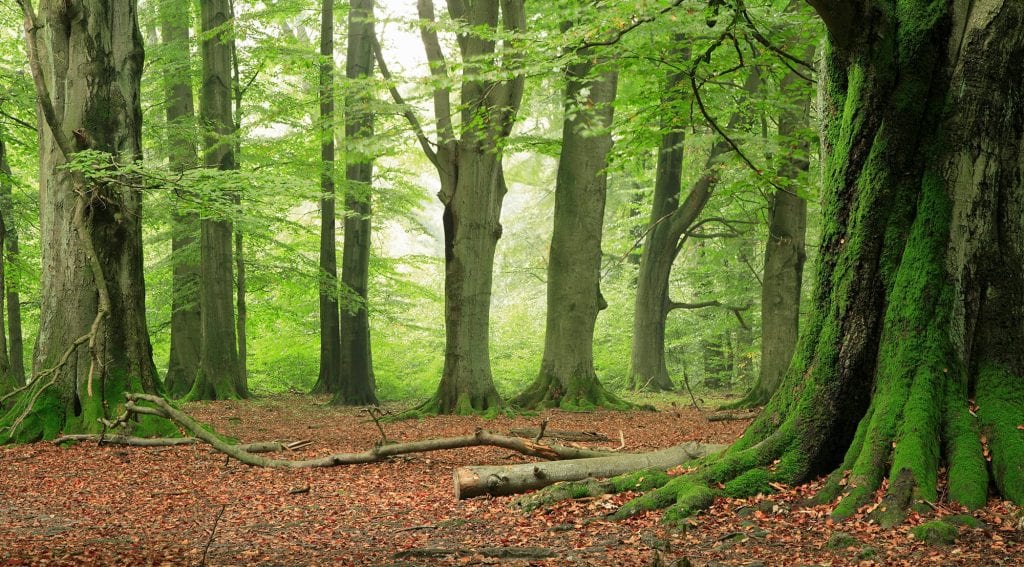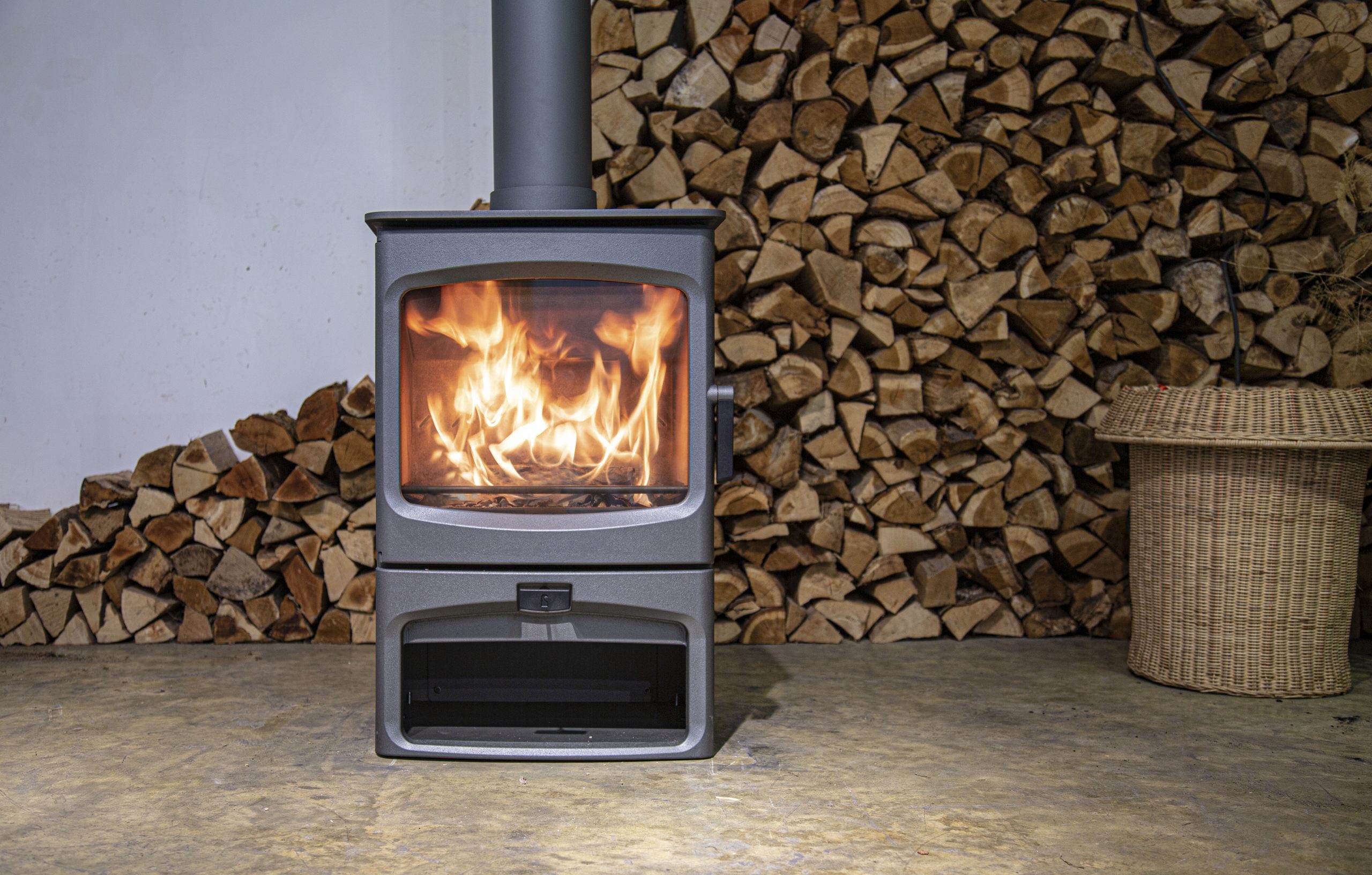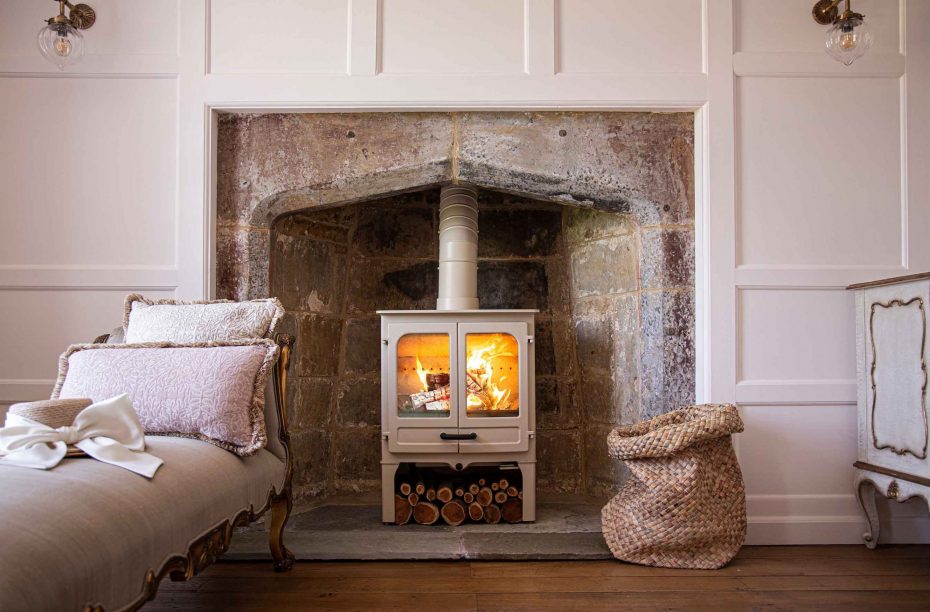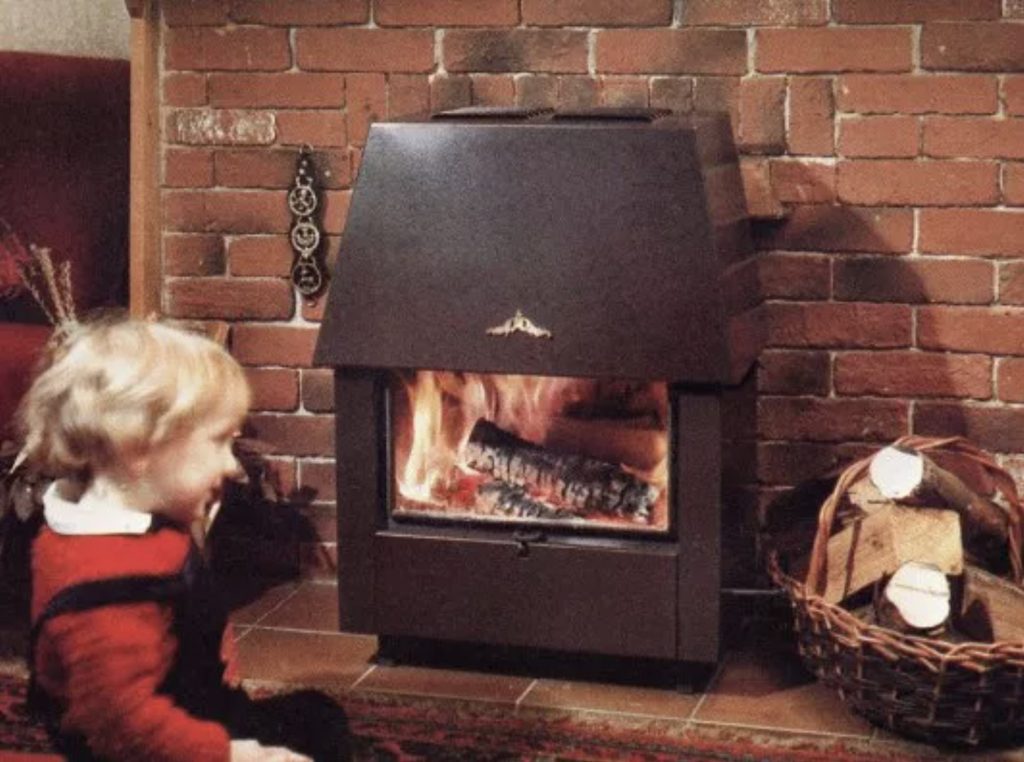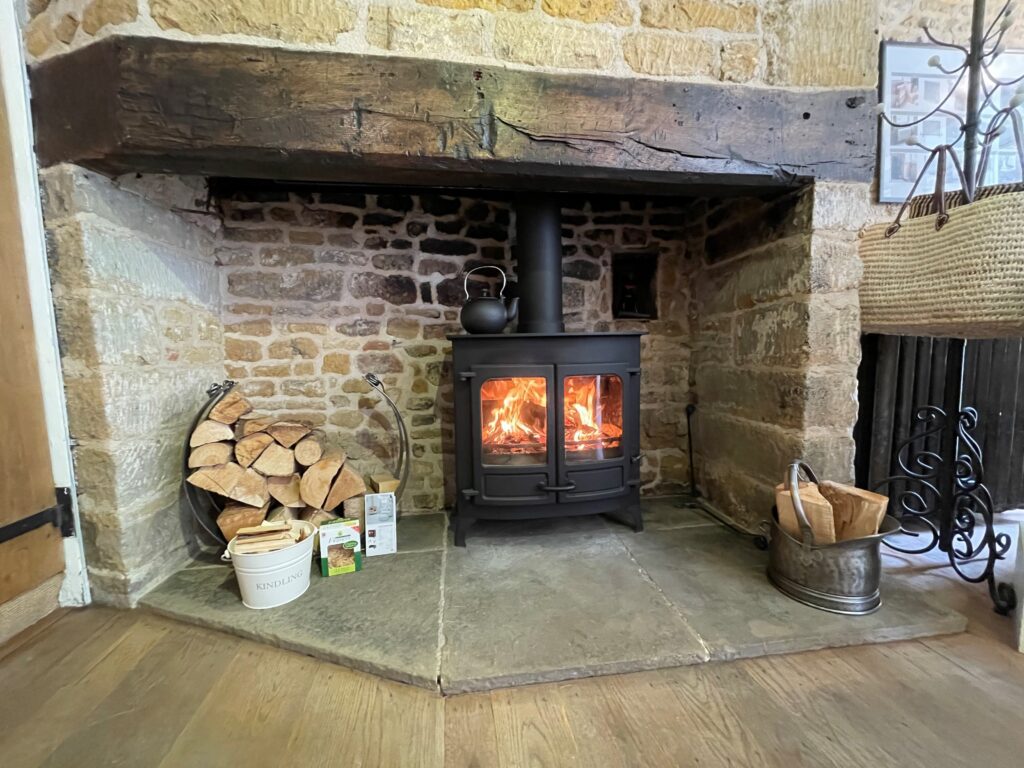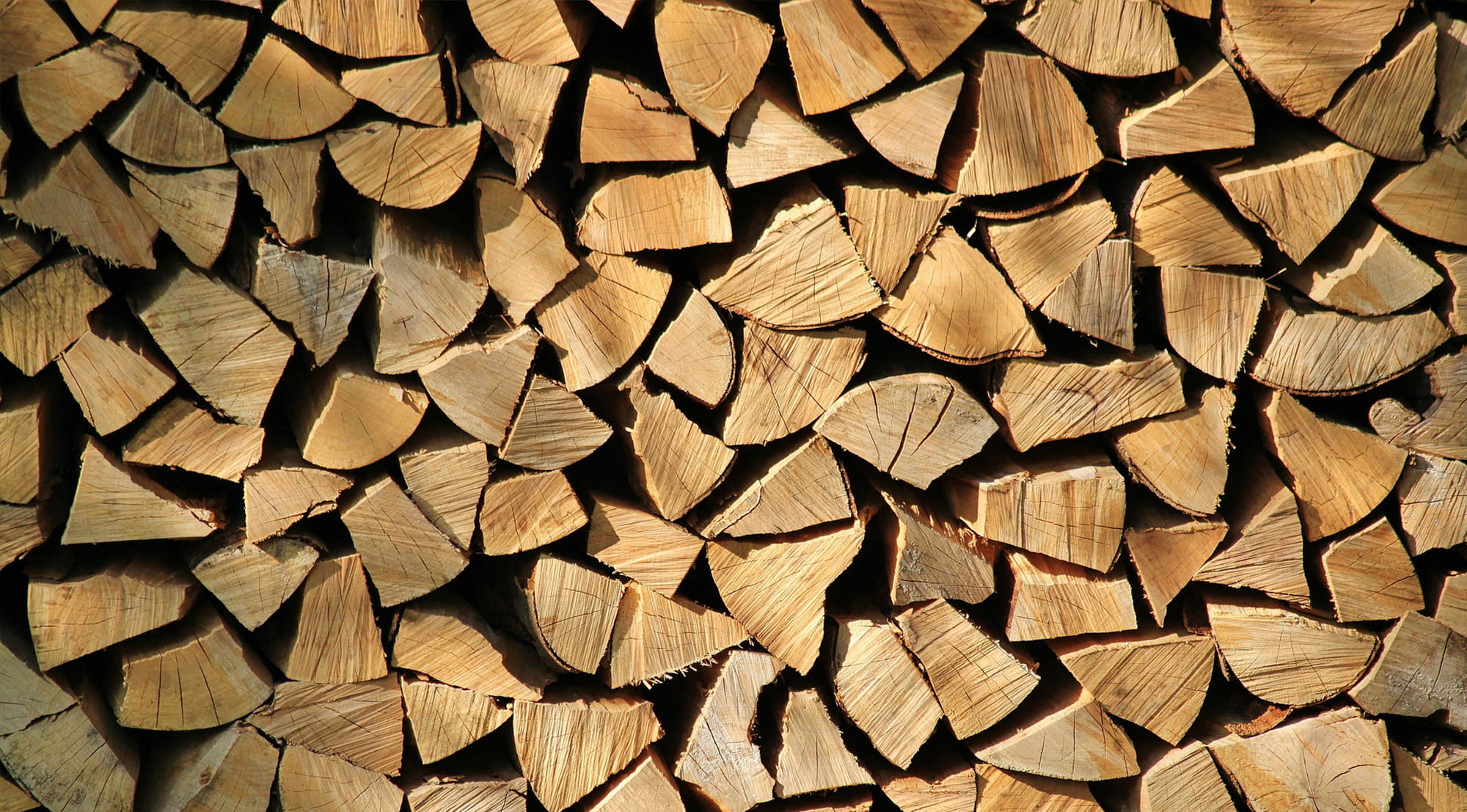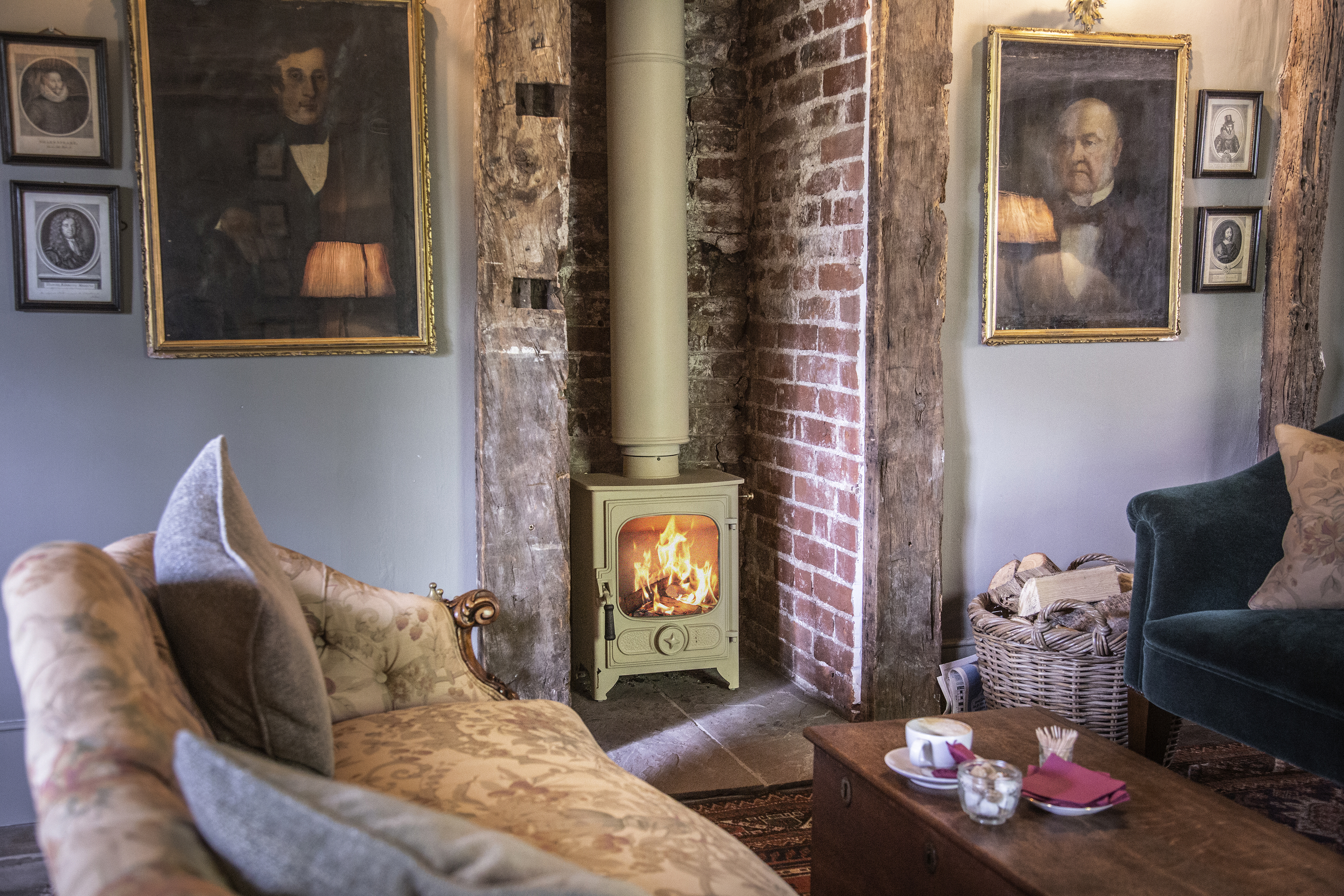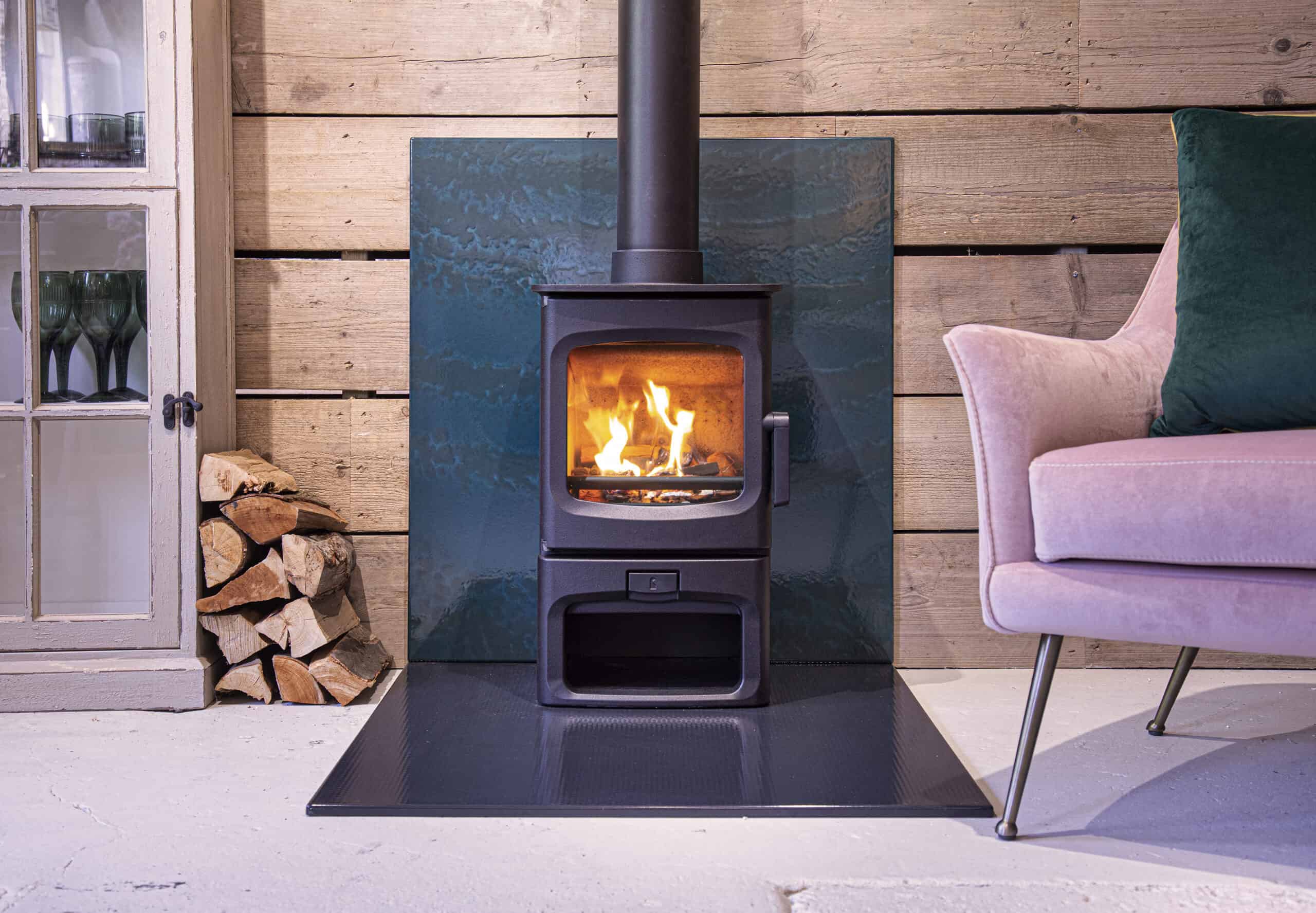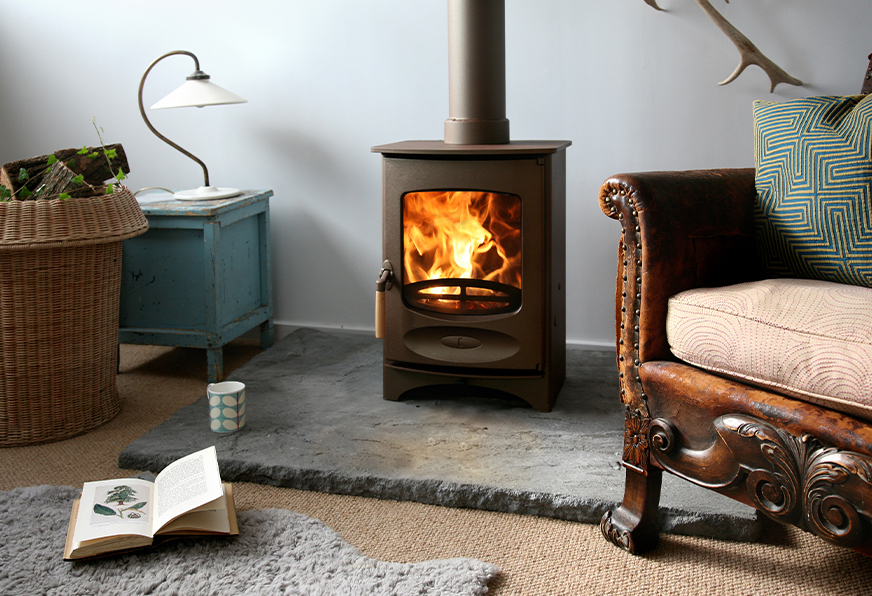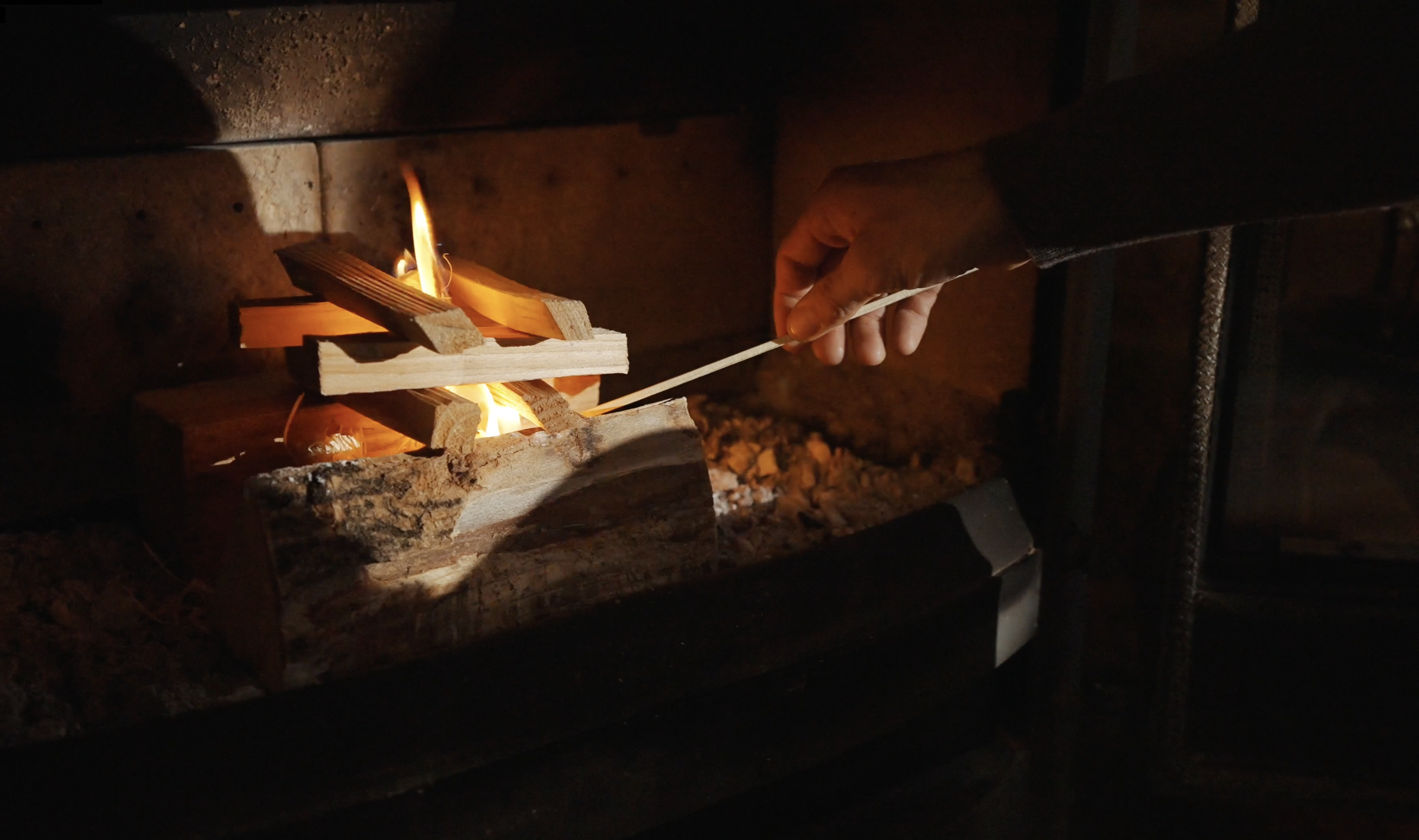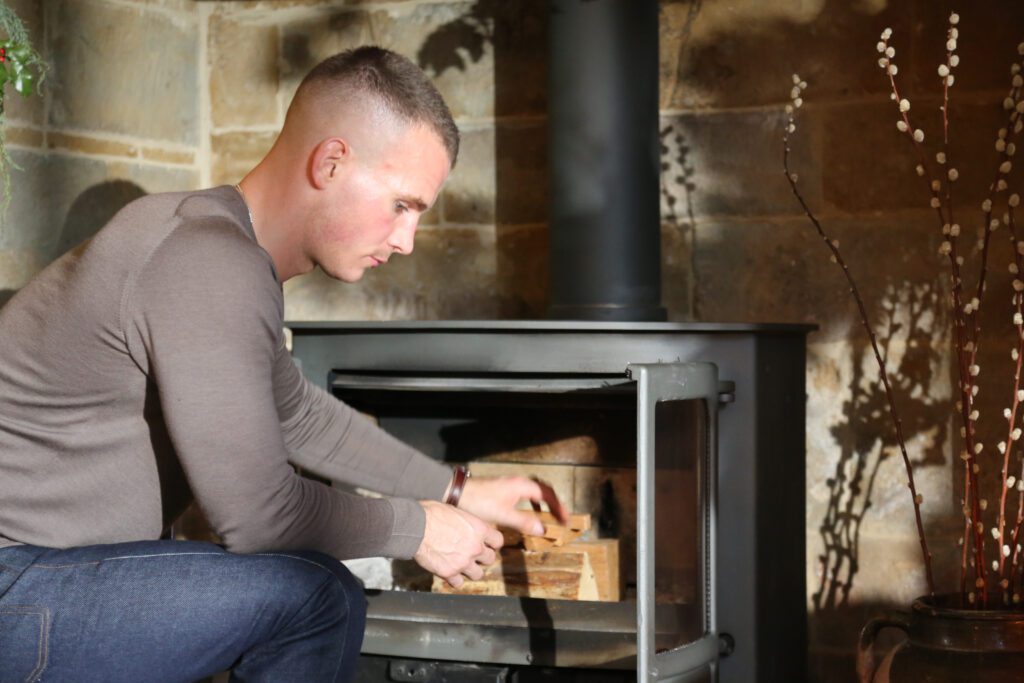The next in a series of essays by Dammy Ponnuthurai explores the importance of real fire in a modern world.
Sometimes we don’t, as the classic saying goes, see the wood for the trees. The argument against wood fires has reached this territory, and there is the danger that any understanding becomes lost in a forest of soundbites and clickbait headlines. Each side of the argument of course has biases towards their own interests, and there are, of course, holes in both. However, with the question of peoples’ wellbeing at stake, it is in everyone’s interests to ensure that we are considering all angles and understanding how serious the holes are.
We understand more than ever that physical and mental health do not stand in isolation from each other: instead they feed into one another in a symbiotic relationship. According to Cell Biologist Dr Bruce Lipton, our subconscious is the most potentially harmful component to our overall health, as without an understanding of our subconscious needs and desires, we cannot change our outside circumstances to match. The most harmful action towards our cells, according to Dr Lipton, is our ability to de-program the learnt behaviours from ages one to seven that determine how we react to 95% of dealing with daily life. This stagnation means we are not in touch with ourselves and fail to follow the much simple advice by all spiritual teachings, ‘of being in the moment’.
Technology has irrevocably changed the lives of all of us: we have a constant bombardment of information and data thrown at us, a stream that doesn’t even pause as we walk down the street, or take a journey on a train. We are constantly locked into our phones. This has resulted in an increased sense of anxiety both just when we speak to each other but from the data itself. Endless stimulation is a hard drug to unwind from. The majority of us spend our days behind a screen, on a phone and or talking on zoom calls, rather than meeting each other face to face, compounding the sense of anxiety we all at times share. One of the best ways to relax, then, is to find ways to be still and understand what is determining our actions, through daily rituals such as cooking. As we found in the Charnwood survey, which sampled over 1,200 people, many found solace in their woodburning stoves. The majority of participants in the survey said the most important use of their stove was the sense of wellbeing it brought them. The naturalness and sense of calm of seeing the element of fire and watching the flickering of a flame is something we can all relate to, whether that be from candlelight or a campfire.
It is important, however, to consider how we may use our stoves in the most healthy and environmentally efficient way. We must first consider the difference between efficient stoves and other forms of indoor fire. In the World Health Organisation report on Household Air Pollution it specifically lists that open fires and inefficient stoves, “generates harmful household air pollution” Click here to read more
At Charnwood, our central and ongoing commitment is to efficiency and the environment, to allow you to experience the maximum positive wellbeing effects, without compromising your physical health, or risking damage to your natural surroundings. We ensure efficiency by a constant refinement of the wood-burning process and technology, incorporated within our Eco Design. The key feature is our Quattroflow® Air Management System. You can read more about this here.
Our stoves are designed to run on seasoned or kiln-dried wood. It is very important that the logs you burn have a moisture content of less than 20%.
Hardwoods such as ash, birch, beech or oak are renowned for burning hot, clean and for longer periods. Softwoods such as fir, pine and sycamore can be used but will burn faster with moderate heat output. Freshly cut logs generally contain over 60% water and should be dried for 18-24 months before the wood is ready to burn.
Split wood into logs to a size to suit your stove’s firebox. Split some smaller pieces to use as kindling. Stack the wood in a place that gets plenty of sun and wind.
A pile of wood may rot before it has time to season, so make sure the logs are stacked in a way that allows air to circulate. Ideally, keep the stack off the ground and away from the house. Never stack logs above head height to prevent injury from falling logs. Cover the stack to protect it from rain and snow. You can cover just the top, or the sides as well – just make sure the air can get in and that moisture isn’t getting trapped. Store the wood for 18-24 months or until the moisture content is below 20%. It’s a good idea to bring wood inside two or three days before you intend to burn it to make sure it’s properly dried out and ready to use.
Kiln Dried Wood is another widely available alternative. The wood is cut, split and dried in large ovens, which speeds up the seasoning process. Look out for the Woodsure Ready to Burn label which guarantees a moisture content of 20% or less.
The broader medical understanding we now have of the importance of the link between the body and mind for overall well being reminds us that in order to manage the stress of modern daily life, we need simple rituals that take us back to nature and ourselves. Lighting a fire is one simple beginning, Chef & co-founder of Acme Fire Cult says, “without fire we would never have evolved from having fur”. As long as you follow our tips to ensure your fire is as environmentally and human health friendly as possible, it is sure to work wonders for your physical and mental health.

Lighting your fire
Follow our four simple steps when making your fire. By running your stove in
this way you will achieve maximum efficiency with minimum emissions.
● Place 2-3 smaller logs on the stove bed. On top of this build a Jenga
stack of 6-8 kindling sticks and place a natural fire lighter inside
● Close the door but leave it slightly ajar. This helps to heat the chimney
flue for a clean burn. Once the fire is burning well close the door and
reduce the air control.
● Fully open the air control for maximum air intake and a quick and easy
ignition. Light the fire lighter.
● Every time a log is added, open the air control again until the fire is
burning well and then return the air control to normal. Re-fuel little
and often.
Maintain your stove
The winter months are when your Charnwood stove will see the most use.
Regular maintenance will ensure your stove burns safely and efficiently while
giving you many years of service.
● Clean the glass – If soot accumulates on the stove glass we offer an
effective Atmosfire dry wiper for cleaning. For any stubborn stains you
can use a stove glass cleaner or ceramic hob cleaner but avoid using
any abrasive cleaning products.
● Clean the surface – When it comes to cleaning the exterior surface of
your stove and the surrounding area, you can’t go far wrong with a
soft brush and a damp, lint free cloth. It is important you only clean
your stove when it is unlit and cool to the touch.
● Empty Ash Pan – When burning wood it is helpful and effective to
start your fire on a bed of wood ash but avoid letting the ash build up
too much. When your Charnwood stove is not in use empty out the
ash pan and firebox completely.
● Inspect door seals – Take the opportunity to regularly check the rope
seals on the doors and around the flue to ensure your fire box is air
tight and the doors close firmly. A well sealed stove will burn much
more efficiently and effectively.
● Sweep Frequently -It’s important to keep your flue clear of
blockages and soot and we recommend you have your chimney swept
at least once a year. Your Charnwood stove is fitted with a dropdown
throat plate allowing you to sweep through the appliance with
minimum mess.
Read more about the argument surrounding wood fires and why there is more to the story
” Therefore see whether the light that is in you isn’t darkness. If therefore your whole body is full of light, having no part dark, it will be wholly full of light, as when the lamp with its bright shining gives you light.”
Luke 11:34–36
